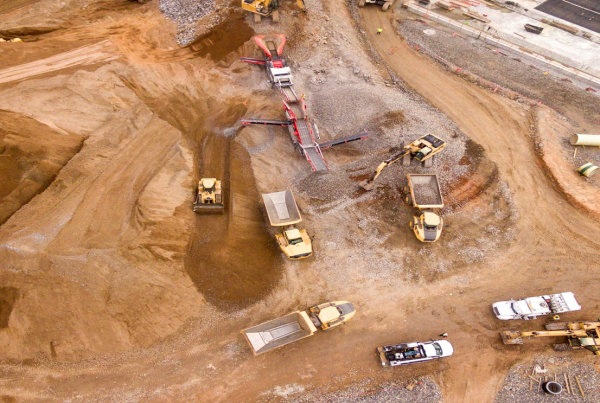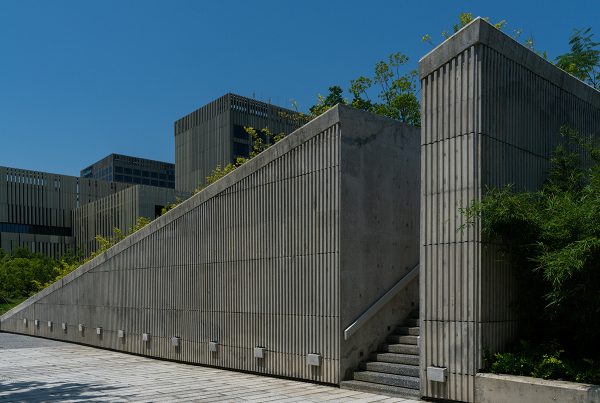In film school we were made to watch Apocalypse Now by Francis Ford Coppola (which was adapted from Joseph Conrad‘s novella Heart of Darkness). I forgot how both the film and book turned out, but I remember one important detail about Apocalypse Now–it took them more than a year to design the sound. And that’s just for a two-hour film.
With regards to buildings, a different kind of sound design exists of course. Whereas in films, various tracks are laid against each other to create an aurally rich experience, for buildings the challenge lies in the right balance of masking and soundproofing exterior noise while controlling reverberations in the interior. Obviously, the former is a much easier process since everything can be digitally manipulated. Meanwhile, lots of factors are at play in a building’s acoustics.
Good acoustics is often underappreciated in buildings. We’re mostly visual people who rely on our vision to make sense of the world. Unless we’re an acoustic engineer, or a musician, or someone who is blind, a building’s soundproofing acoustics usually goes unnoticed. It’s only when we find ourselves having to shout just to be heard by our dinner companion in a restaurant or when we can clearly hear every single word from another table across the room do we suddenly find fault with the building’s acoustics.
It’s actually worse when we don’t, since that would mean we’ve grown immune to the auditory chaos of public spaces. Again, unless we’re sound engineers, the average person doesn’t exactly accuse the building as having bad acoustics. Instead, there’s simple resignation: «It’s always noisy here. That’s just the way it is.»
* * *
Julian Treasure, in one of his TED Talks, makes a compelling case for why we should pay attention to a building’s acoustics. He mentions three things that good acoustics can influence:
1. Health & well-being
2. Social behavior
3. Productivity
LEED currently provides guidelines for good acoustics in the area of Healthcare and Schools, which makes sense because loud noises are detrimental to the health of patients in a hospital, while education is largely dependent on speech intelligibility inside classroom settings.
But that’s not to say hospitals and schools are the only places where good acoustics would be appreciated. It’s not just concert halls and libraries and courtrooms and auditoriums that benefit from good acoustics. Office buildings need good acoustics too, just as much as airports, shopping malls, restaurants, factories, and other buildings. Nowadays, even churches of the old days–with their stone and marble arched columns and domed ceilings acoustically designed for the music of pipe organs–are aiming for better acoustics that would reduce the building’s reverb time.
The problem with acoustics, according to Treasure, arises when architects design with just their eyes. When visual aesthetics becomes the focus, acoustics tend to suffer. The simple open-plan building, for example, proves to be an auditory mess. Acoustic designers are thus burdened with soundproofing issues for these beautiful new buildings, made even trickier as architects venture into previously untried design territories.
Another problem has to do with the very materials used for achieving credits in LEED–in terms of air quality, lighting, and thermal comfort–aren’t efficient sound absorbers. Glass, used for daylighting, is one of the worst offenders, bouncing back the sound all over the place. And yet, installing soundproofing solutions to buildings–from floor to walls to doors and ceilings–mean significant costs which might or might not be sustainable in the long run. There have been advances in sound absorbent transparent glass panels, but a truly sustainable and cost-effective option is still not in the market.
That doesn’t mean builders are left with no choice. A wide array of soundproofing solutions are available–floor decouplers, mineral-fiber insulation, fabric-wrapped panels, vinyl sound barriers, sound baffles and banners, even plants help with noise control.
* * *
In Thea Von Harbou‘s book Metropolis (made into the classic sci-fi film of the same title), the author details a future wherein the rich lives in high-rise buildings inherently devoid of noise, in contrast to the underground workers who slave away at the oppressively noisy machines that power the city. Good acoustics shouldn’t be that elitist.











